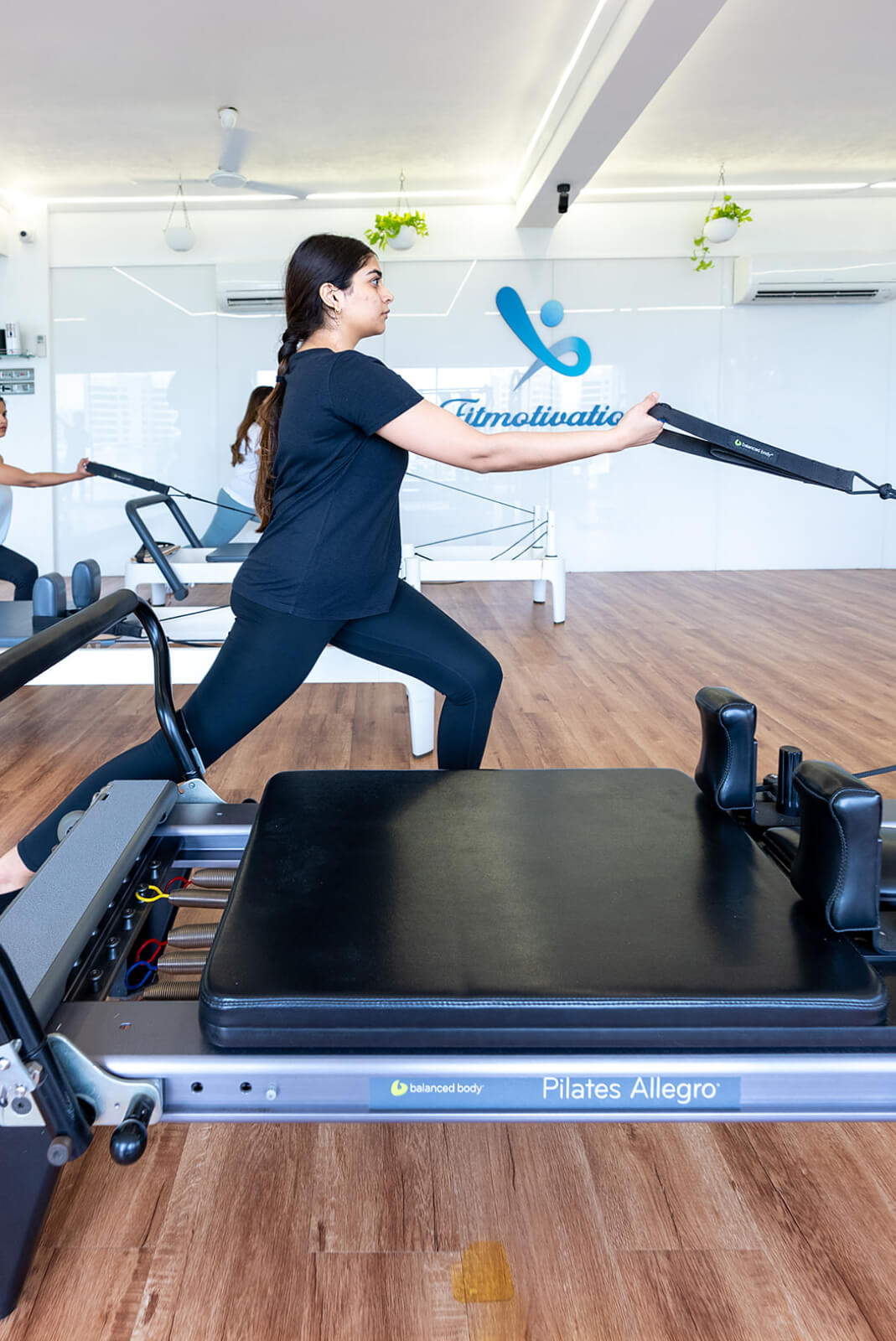Peripheral Vertigo:
Peripheral Vertigo stems from issues within the inner ear, a crucial component for maintaining balance. The body relies on three mechanisms—vision, proprioception in the ankles and feet, and the vestibular system (comprising the inner ear’s semi-circular canals)—to sustain equilibrium. Various conditions, ranging from common colds and bacterial infections to more severe ailments like Meniere’s Disease, vestibular neuritis, and BPPV (Benign Paroxysmal Positional Vertigo), can disrupt the vestibular system.
BPPV (Benign Paroxysmal Positional Vertigo):
Among the most prevalent causes of Vertigo, BPPV occurs when small calcium particles aggregate in the inner ear’s semi-circular canals, interfering with signaling between the ear and brain regarding head position. While BPPV typically accompanies aging, its onset remains largely unknown. Conversely, Meniere’s disease results from fluid accumulation and fluctuating pressure in the ear, often accompanied by ear fullness and ringing. Labyrinthitis or vestibular neuritis, linked to inner ear viral infections and subsequent inflammation, can also trigger Vertigo.
Impact and Management:
These conditions disrupt signals transmitted from the semi-circular canals to the brain, resulting in disorientation in space. Often triggered by head movements, Vertigo can induce a swaying or spinning sensation lasting up to 45 seconds.
Treatment:
Peripheral Vertigo management typically involves physical therapy and rehab Pilates, aimed at restoring balance and alleviating symptoms associated with inner ear dysfunction. By understanding the underlying causes and adopting targeted interventions, individuals grappling with Vertigo can enhance their quality of life and regain a sense of equilibrium.
Understanding Cervical Vertigo or Cervicogenic Dizziness:
Vertigo, a sensation of spinning while stationary, can also be linked to cervical spondylosis, the age-related degeneration of the cervical spine. While some medical professionals debate the association between neck pain and vertigo, many physical therapists and researchers have identified a correlation between these conditions.
Cervical spondylosis, a form of osteoarthritis in the neck region, results from the degeneration of cervical vertebrae. The drying of cartilage leads to increased mechanical stress on discs, causing spurs and narrowing disc spaces. Symptoms include neck stiffness, radiating pain in the shoulders and upper back, and headaches.
Cervical vertigo can arise from nerve irritation in the spinal cord or disruptions in blood flow in the vertebral arteries due to altered cervical spine structures. This type of vertigo is typically triggered by head movements, potentially causing dizziness, blackouts, tingling sensations, and numbness in the fingers.
Differentiating between peripheral and cervical vertigo can be crucial for appropriate management. Dr. Persis Elavia shares a simple self-diagnostic method in a video at the end of this blog, along with a helpful tip to manage dizziness.
Treatment Options:
Both BPPV and cervical vertigo can benefit from physical therapy and rehabilitation. By focusing on retraining the body’s balance mechanisms, especially through proprioceptive feedback, individuals with vertigo can regain confidence and improve their symptoms.
At fitmotivation, clients like Karishma Samtani have experienced significant improvements in their vertigo symptoms through tailored programs. Karishma’s neck pain and dizziness upon sudden movements limited her daily activities. Under Dr. shilpa narang’’s guidance, a specialized program gradually progressed from mat exercises to weight-bearing routines, strengthening her neck and shoulder muscles. This approach addressed her cervical spondylosis, improving neck mobility and reducing dizziness. With increased confidence, she progressed to balancing exercises on unstable surfaces, enhancing her overall well-being.
Conclusion:
Addressing vertigo symptoms through targeted exercises and balance training not only alleviates the condition but also helps individuals overcome the fear of falling associated with vertigo. Consulting a healthcare professional and physical therapist for proper evaluation and guidance can lead to effective management and improvement in various forms of vertigo.



